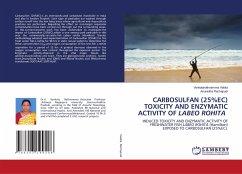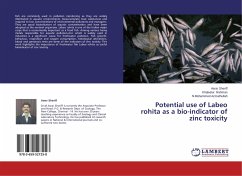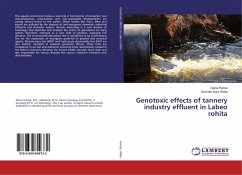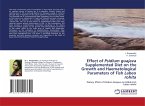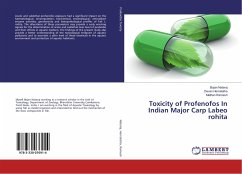Pyraclostrobin (20%WG) is an extensively used carbamate insecticide in India and also in Andhra Pradesh. Such a blanket sprayed pesticides are washed through surface runoff into the low lying areas where agricultural and aqua cultural practices are performed. regarding the effect on non-target organisms due to contamination have been carried out a broad. Hence, in the present context and circumstances, the present work has been undertaken to investigate the impact of Pyraclostrobin(20%WG), which is one among many used pesticides in this area the commercially valuable fish Labeo rohita. Toxicity methodology adopted and experimentation of Pyraclostrobin (20%WG) to the freshwater fish, Labeo rohita, for 96 hr in static renual system to determine the lethal concentrations (LC50 values ). Labeo rohita Oxygen consumption of the test fish Labeo rohita respiration for a period of 22 h. A gradual decrease in rate of oxygen was noticed throughout the exposure period. The biochemical changes observed in the vital organ tissue, gill, liver, muscle, kidney, and brain. They are: Total proteins, Glycogen, Nucleic acids, Deoxyrobose Nucleic acid (DNA) and Ribose Nucleic acid (RNA)].


